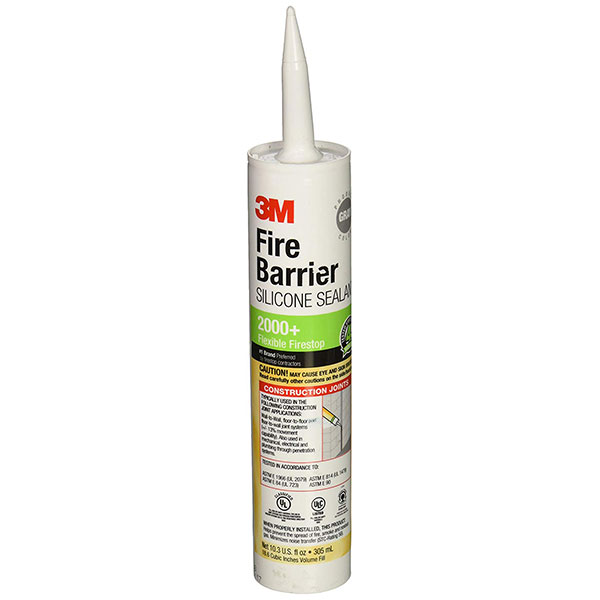In wrapping the boot cowl sides over the boot cowl access panel I'm seeing quite a gap is made between the skins and the firewall flange. Is it common to take steps to seal these gaps? I would think some red RTV on final install would work great, but I haven't seen anything about this.
1.PNG
1.PNG



Comment